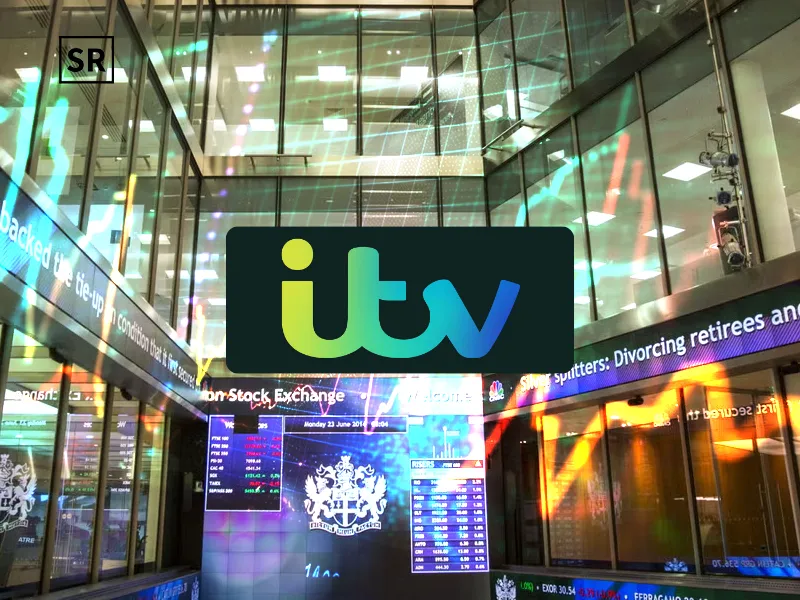
Innovative employee development means using new and creative ways to help employees improve their skills and grow in their careers. Instead of just using old-style training, companies now use tools like personalized learning programs, digital platforms, hands-on workshops, mentoring, and quick feedback. These modern methods help employees keep learning, adapt to changes, and grow in ways that match the company’s goals.
Today, employee development has changed a lot. In the past, workers were expected to stay loyal to their employers no matter what. Now, things are different. Employees want to see that their company is also investing in them. If workers are giving their time and effort, they expect support in return like help with learning, growing, and staying healthy at work. This new approach helps companies keep good employees and stay strong in a changing world.
Why Are Employee Development Plans Important?
Employee development plans are important because they help employees grow their skills, improve performance, and prepare for future roles. These plans show that a company cares about its people, which can increase motivation, job satisfaction and loyalty. When employees feel supported in their career goals, they’re more likely to stay with the company and do their best work.
Development plans also help businesses succeed by making sure the team has the right skills to meet future challenges. They can improve productivity, encourage innovation and help fill leadership roles from within the company. Overall, employee development plans benefit both the employee and the organization.
RECOMMENDED FOR YOU

Valereum Share Price Prediction 2025, 2026 to 2030 – Expert Analysis
Team SR
Oct 28, 2025

Volex Plc Share Price Prediction (2025–2030): Expert Analysis & Predictions
Team SR
Jun 19, 2025

Challenger Energy Share Price Prediction (2025–2030): Expert Analysis & Predictions
Kailee Rainse
Apr 18, 2025
Here are six simple reasons why employee development is important :
- Helps Careers Grow: Employee development plans show workers how they can learn new skills and move up to better jobs.
- Keeps Employees Longer: When companies invest in employee growth, workers feel valued and are more likely to stay.
- Brings Out Full Potential: Good development plans help employees discover and use their best skills.
- Reduces Turnover: Investing in learning makes employees feel appreciated, so they stay with the company longer.
- Improves Productivity: Training helps employees do their jobs better and faster with up-to-date skills.
- Boosts Company Profits: Companies that focus on employee growth often earn more because their skilled and motivated workers perform better.
Elements of an Effective Development Plan
Making an employee development plan needs teamwork between the employee and their manager. When working on this plan, keep these important things in mind:
Performance and Career Goals
Start by knowing the company’s goals for employee growth. Then, check the employee’s current skills and performance using a skill matrix. After that, make a plan to fix any skill gaps and help the employee reach their career goals.
Learning Objectives
Based on the skill gaps, managers should meet with employees to talk about their learning needs, set clear goals, and guide them on how to improve their skills.
Development Opportunities
Offer different training programs to help employees grow, such
- Behavioral skills
- IT and technical skills
- Leadership skills
- Management skills
- Compliance training
- Social impact training
Choose the right courses to fit your team’s needs, and consider using services like Edstellar to find and manage training easily.
Set Clear Timelines
Make a schedule with deadlines for each part of the development plan. This helps keep things on track. Regularly check progress, give feedback, celebrate wins and offer extra help if needed.
Progress Tracking
Keep watching how the employee is doing with their development plan. Review regularly to see if the training is helping, and make changes if needed. Keep giving chances to learn and grow to keep employees motivated.
Development Plan Examples
Learning and growing continuously are very important for both the company and each employee career. A good development plan looks at what skills an employee has now, what they need to improve, and what skills they will need in the future. These plans are made to fit the employee’s specific job and industry. They act like a clear guide to help employees grow, stay motivated, and do their best work.
The ten examples below show how different employee development plans can be made for many types of jobs, from Sales Executives to Legal Counsels. Each example combines training, mentoring, and practical experience with clear goals. These plans show how important it is to focus on growth and development in today’s workplace.
No. Job Roles Goals Actions Timeline 1. Sales Executive Increase sales by 20% in the next year. Attend advanced sales training, work with a mentor, and get familiarized with new industry-specific tools Complete within 6 months 2. Software Engineer Transition from Java to Full-Stack Development Enroll in ViLT courses for frontend technologies, attend related workshops, and collaborate with the frontend team. Achieve proficiency in 8 months. 3. HR Manager Implement a new employee onboarding system. Research best practices, attend HR conferences, and collaborate with successful peers in the industry. Launch within 5 months. 4. Marketing Specialist Improve digital marketing ROI by 15% Take a course on advanced analytics, attend digital marketing webinars, and collaborate with the data science team. Implement changes in the next 4 months. 5. Finance Analyst Streamline the quarterly budgeting process. Attend workshops on modern financial tools, seek mentoring from a senior finance executive, and collaborate with the IT department. Complete within the next quarter. 6. Customer Support Representative Achieve a 95% satisfaction rate from customer feedback. Participate in advanced communication training, shadow top-performing peers, and attend workshops on empathy and active listening. Reach the goal in 6 months. 7. Project Manager Reduce project delivery timelines by 10%. Get certified in Agile methodologies, attend workshops on efficiency tools, and work closely with team leads. Implement new strategies within 5 months. 8. Product Designer Improve user experience scores on the company's main product Enroll in a user-centered design course, attend UX conferences, and collaborate with user research teams. Revamp design in the next 7 months. 9. Logistic Coordinator Reduce shipping times by 15%. Attend supply chain optimization seminars, work with a mentor in the industry, and collaborate with vendors for faster turnarounds. Achieve improvements within 6 months. 10. Legal Counsel Reduced legal compliance issues by 30%. Attend workshops on new industry regulations, work closely with the compliance team, and hold monthly training sessions for the company. Implement changes over the next 9 months.
Conclusion
A development plan is a valuable tool that helps employees grow their skills, improve performance and advance their careers. It creates a clear path for learning and development that aligns with both the employee’s goals and the company needs. By using a well-designed development plan, organizations can boost employee motivation, increase productivity and retain talented workers. Overall, development plans support continuous growth, helping both individuals and businesses succeed in a changing work environment.


 Follow us
Follow us Follow us
Follow us











